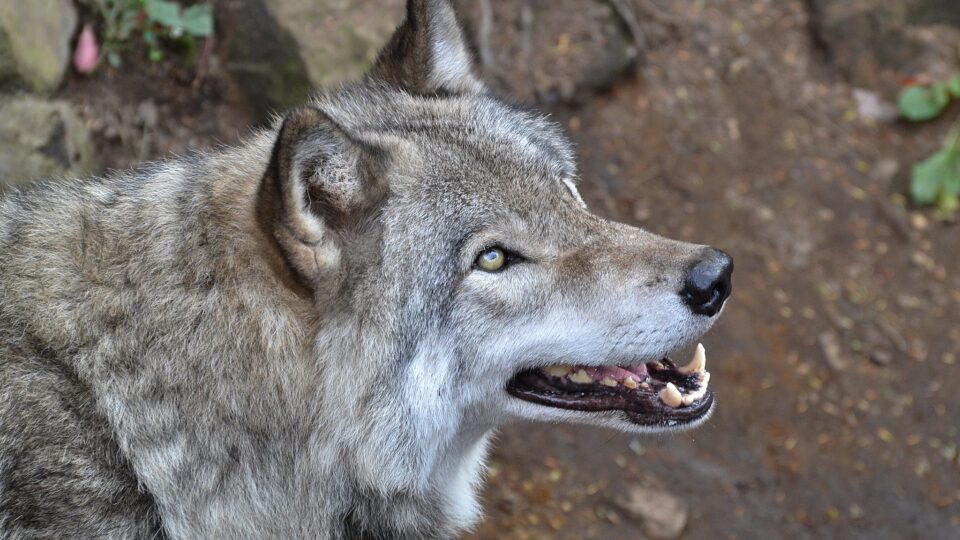Oregon State University scientists have proposed a series of management changes for western federal lands aimed at re-establishing ecosystems there. Their proposal would result in more gray wolves and beavers in nearly 200,000 square miles of federal lands in 11 states.
In each of those states, the researchers identified areas containing prime wolf habitat. Gray wolves were hunted to near extinction in the West but have been gradually reintroduced in some areas starting in the 1990s. Wolf restoration offers significant ecological benefits by helping to naturally control the population of grazing animals such as elk. This in turn facilitates the regrowth of vegetation species such as aspen, which ultimately supports diverse plant and animal communities.
Beaver populations, which used to be robust across the West, declined roughly 90% after settler colonialism and are now nonexistent in many areas. By felling trees and shrubs and constructing dams, beavers enrich fish habitat, increase water and settlement retention, maintain water flows during droughts, and increase carbon sequestration.
According to the researchers, the biggest threat to these western lands is livestock grazing, which has degraded ecosystems to a great extent. They recommend the removal of grazing on about 30% of the federal lands being used for that purpose and instead would have rewilding efforts go on.
The American West is going through a period of converging crises including extended drought and water scarcity, extreme heat waves, massive fires, and loss of biodiversity. Rewilding is a way to reestablish long-standing ecosystems.
**********
Web Links
More wolves, beavers needed as part of improving western United States habitats, scientists say
Photo, posted October 1, 2020, courtesy of Tina DaPuglet via Flickr.
Earth Wise is a production of WAMC Northeast Public Radio.

